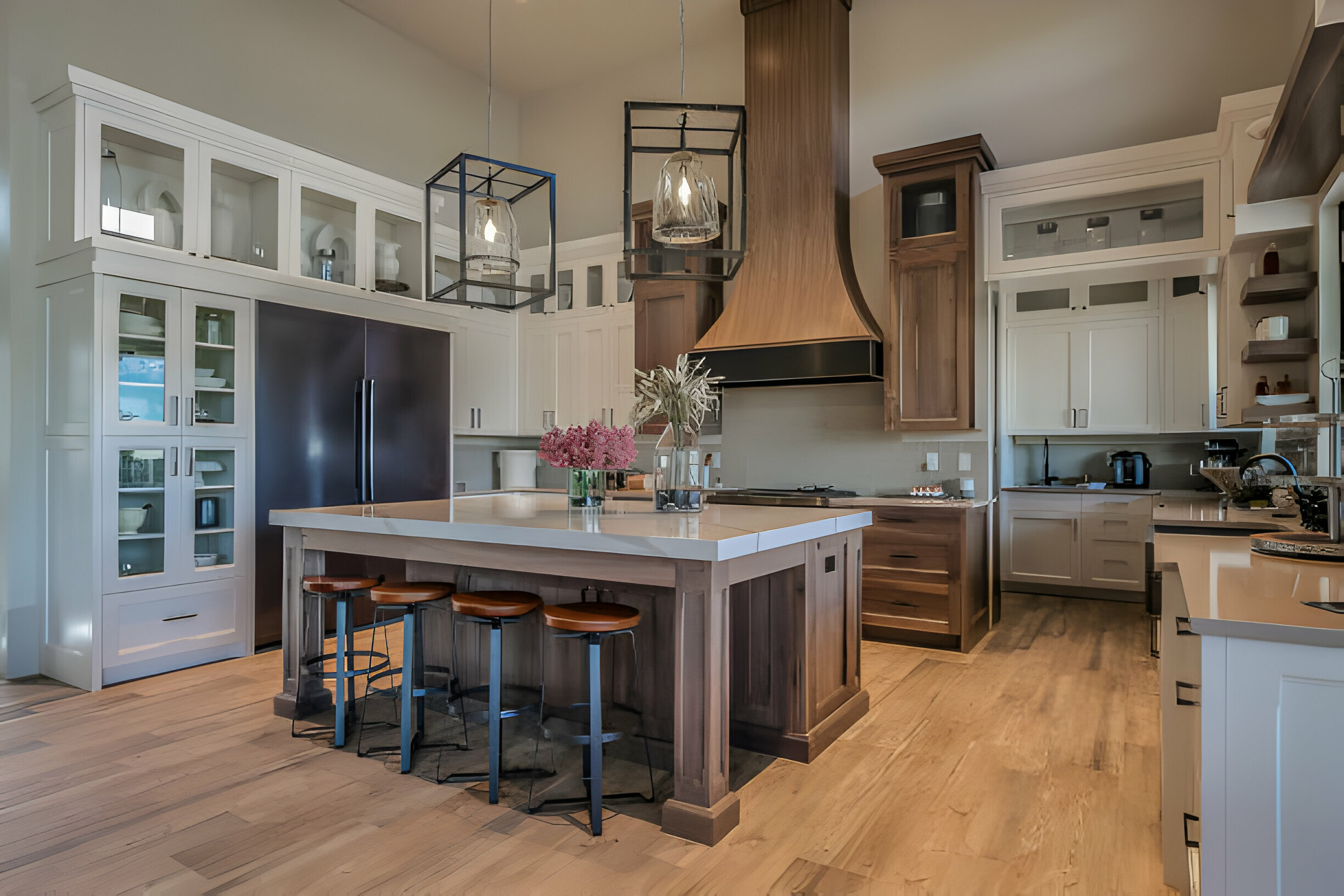Remodel Commander Guide To Quality Control in Construction

Lane Boland, owner of Remodel Commander, sets the gold standard for quality control in construction. Quality control is essential to ensure that every project meets high standards and fulfills client expectations. Here’s a comprehensive guide to achieving top-notch quality control, step by step
1. Outline Your Acceptance Criteria
According to Lane Boland, the first step in maintaining quality control is clearly outlining your acceptance criteria. These are the specific standards and requirements that a project must meet to be considered complete and satisfactory.
Think of them as your blueprint for success. Determining these criteria upfront helps prevent misunderstandings and ensures everyone involved is on the same page.
Acceptance criteria can include everything from material specifications to finishing details. For example, if you’re renovating a kitchen, your criteria might include the type of countertops, the cabinets’ finish, and the fixtures’ quality. Setting these benchmarks early on provides a clear target for the team to aim for.
2. Create a Checklist
Once you’ve outlined your criteria, the next step is to create a detailed checklist. This checklist will act as a road map for the project, guiding you through each phase and ensuring nothing gets overlooked.
Remodel Commander‘s practical approach is: “Break down the checklist into sections that align with your acceptance criteria—such as structural work, electrical systems, and finishes.”
A well-organized checklist helps keep the project on track and provides a way to monitor progress. By marking off completed tasks, you can easily see what’s been done and what still needs attention. This also helps identify any issues early, allowing for timely corrections.
3. Define the Expectations
Clear communication is key in any construction project, and defining expectations is a big part of it. Ensure everyone involved understands what is expected of them and the standards they must meet. This includes subcontractors, suppliers, and your team.
Communicate these expectations through detailed project briefs, regular meetings, and written documentation. For instance, if you expect a certain level of finish on drywall, make this clear in the project specifications and ensure the team understands the importance of meeting these standards.
4. Have an Inspection Plan
Lane Boland says an effective inspection plan is crucial for quality control. This plan outlines how and when inspections will occur throughout the construction process. Inspections help identify deviations from the set standards and allow for corrections before they become more significant.
Develop a schedule for inspections at key milestones, such as after structural work is completed, before drywall installation, and after finishing touches are applied. Ensure to involve experienced inspectors who can objectively assess and catch potential problems early.
5. Correct Deficiencies
Even with the best planning, issues can arise during construction. When they do, it’s essential to address them promptly. Correcting deficiencies means fixing any problems that don’t meet your acceptance criteria. This could involve redoing work, replacing materials, or adjusting to ensure everything is up to standard.
Create a system for reporting and tracking deficiencies. This might involve a form or software where issues are logged and assigned to the appropriate team members for resolution. Regular follow-ups ensure that deficiencies are addressed promptly, preventing delays and maintaining the overall quality of the project.
Review and Revise
“Finally, review and revise your quality control processes regularly,” suggest experts from Remodel Commanders. At the end of each project, assess what went well and what could be improved. Gather feedback from your team, clients, and any other stakeholders involved.
Use this feedback to refine your acceptance criteria, checklists, inspection plans, and overall approach to quality control. Continuous improvement is key to maintaining high standards and ensuring that each project exceeds expectations.
Final Thoughts
By following these steps—outlining acceptance criteria, creating a checklist, defining expectations, having an inspection plan, correcting deficiencies, and reviewing and revising—you can ensure that your construction projects meet and exceed quality standards.
Remodel Commander exemplifies how effective quality control leads to exceptional results, and with these practices, you’ll be on your way to achieving the same level of excellence.
